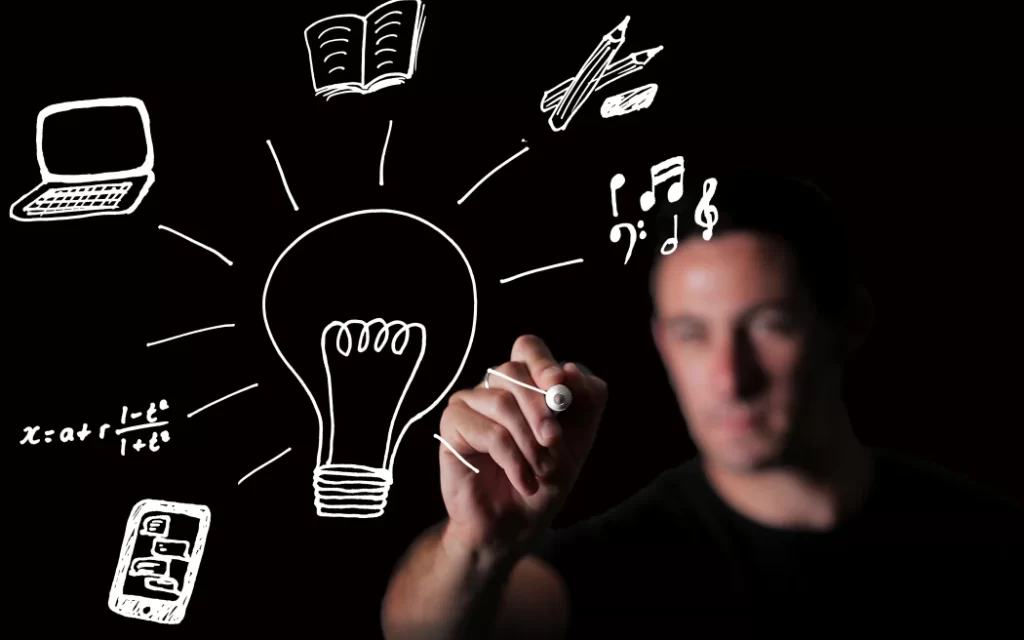It’s beneficial to write down the thoughts you want to think about more in the future. Then, you can return to them at any convenient moment and continue developing a thought process.

I wasn’t used to writing ideas down since I didn’t value them enough(I have a dozen of them every moment, so why care?). However, let’s skip the reasoning on why people write their ideas. Instead, I want to share one concept in this article: having a middle space between a never-ending thoughts waterfall and a notebook.
Problem: you don’t always have your notebook near you
Sometimes, you don’t have access to a notebook or a smartphone with a note-taking app.
Then make sure you do!
Yes, you could try, but there are cases when it’s not convenient or possible:
- You drive a car.
- You stand in a crowd.
- You have your smartphone or notebook 50 meters from you.
- You’re on a rollercoaster, on a surgeon’s table, etc.

An obvious solution could be remembering a thought and keeping it in mind. The difficulty is in focusing on that single thought and not getting bombed by dozens of other ideas and distractions.

Keeping ideas in mind
I use the apparent solution mentioned above, but with some tricks. I imagine one visual and well-familiar place [1] where I place a thought’s visual representation [2]. You may think of the memory palace technique, and you’re correct.
If you’re familiar with the mind palace method, you know how and why it works.
[1] Well-familiar and pre-defined place. This component allows you to locate where exactly you’ve left the information. Such an approach reduces time and mental effort in finding associations(thoughts) that led to the idea you want to hold.
How do I usually remember something: what I was thinking about that led me to that thought? What was I doing at that time? Slowly, I build a track of thoughts, and sometimes, I find the one I wanted to remember.
Since I can’t extract any information by having a memory address like in electronics, the better way is to represent this address visually and virtually in my head.
A place should be thought out beforehand not to waste time when I need it quickly. Otherwise, I may start to find suitable locations, and my idea will be gone.
A place should be well-familiar to me. Otherwise, I may start wasting efforts to draw the missing details. Good examples of a suitable location are a room in my house or a garden I visit often.
[2] A visual representation of a thought. I remember visual information better. Also, I can put it in a virtual place in my mind. Combining that with a place where we can go directly (in thoughts) gives us a great approach to save any information quickly and access it even after a few days.
But I don’t need to access that idea after a few days. I need to keep it for a few hours at maximum, and then I’ll write it down.
Why don’t we use our minds to store information if this approach is superior?
You can try, but our mind isn’t a perfect place to store anything. So I prefer writing everything down. This method is suitable as a temporal place to store ideas until you get access to better storage. However, no one stops you from building huge associations and developing ideas in that semi-temporal space.


